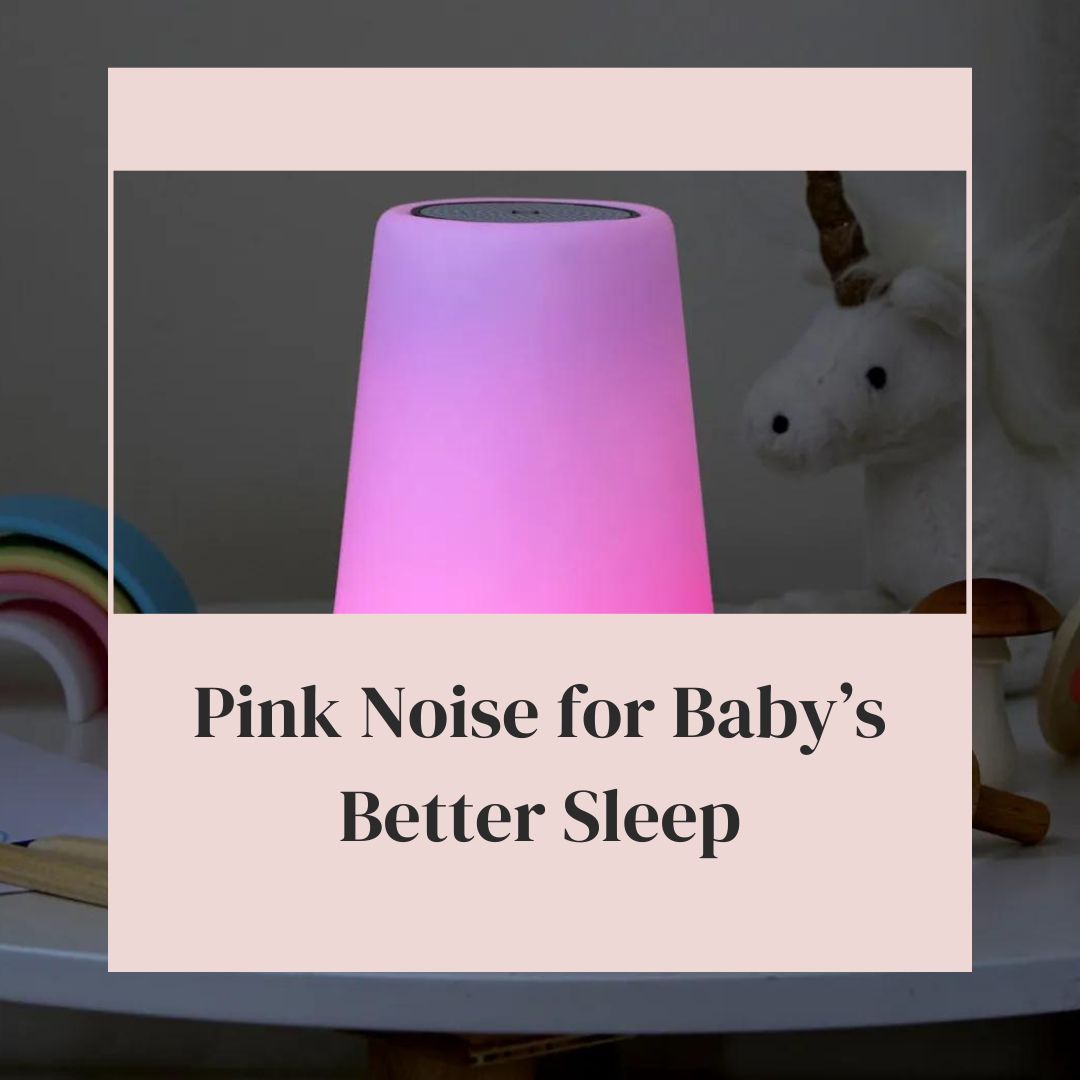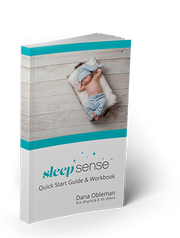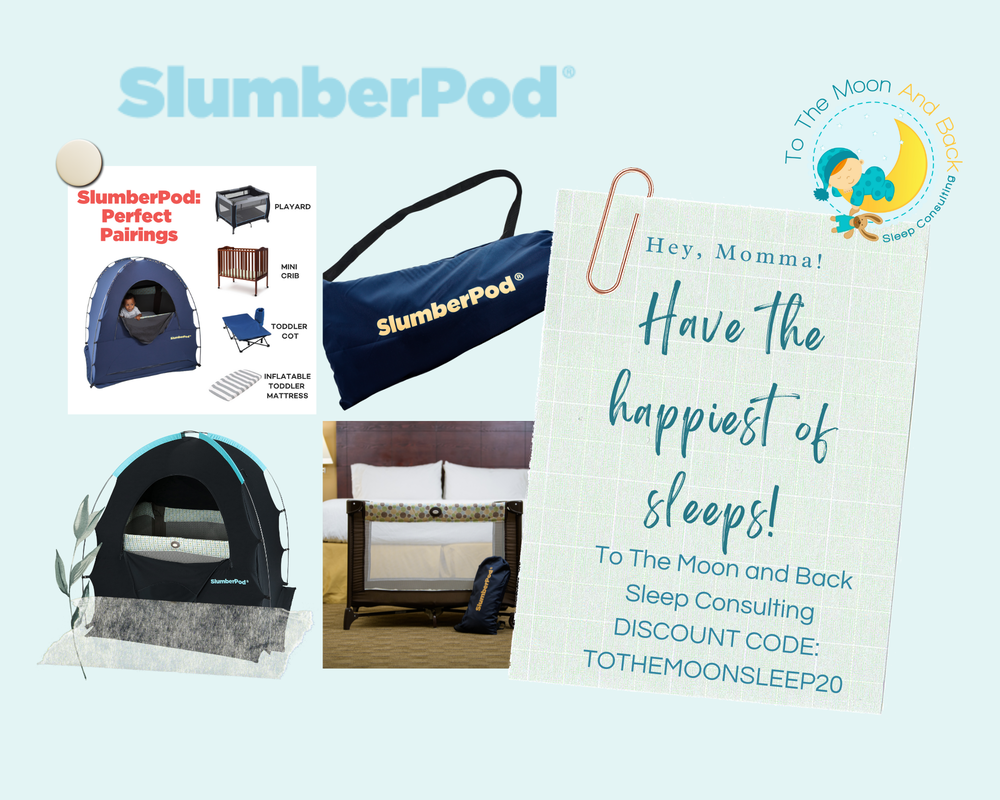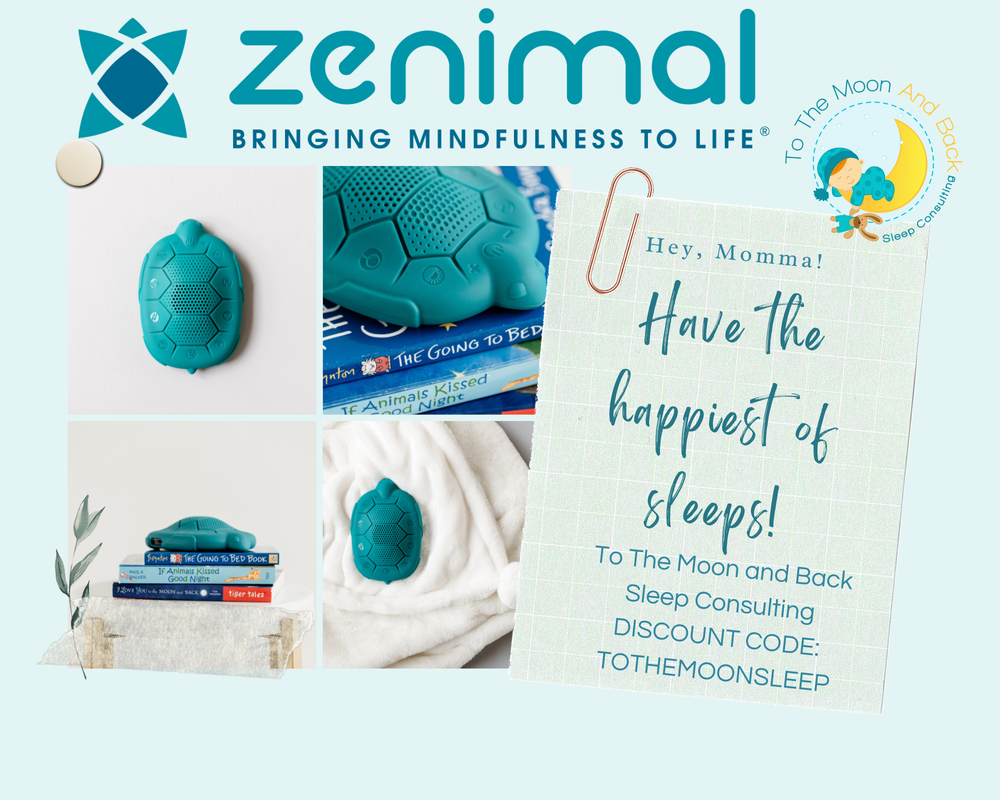|
For many new parents, the quest for the perfect night's sleep for their little ones is a top priority. Enter pink noise – a sound that's rapidly becoming a favourite in the baby sleep toolkit. But what is pink noise, and how can it help in a baby's room?
**What is Pink Noise?** Unlike its popular cousin, white noise, which sounds like static or a TV tuned to an unused channel, pink noise is deeper and more balanced. Imagine the rustling of leaves, consistent rainfall, or a steady heartbeat – that’s pink noise. It's often described as more natural-sounding and less harsh than white noise. **The Science Behind Pink Noise** Research suggests several potential benefits of pink noise:
**Safety of Using Pink Noise for Babies** From the available research, pink noise appears safe for babies. However, a few precautions should be observed:
**Top-Rated Pink Noise Machines**
For parents looking to create a serene sleep environment for their baby, pink noise can be an effective tool. It masks jarring sounds, maintains a consistent ambiance, and may even enhance deep sleep stages. Please reach out as I am happy to discuss any concerns or questions about your baby's sleep patterns. |
To The Moon and Back Sleep ConsultingProviding families the tools & support they need to get their little ones sleeping through the night and napping like champs! Everyone has more fun when they are well rested! Visit Wollino - Discount Code: TOTHEMOONANDBACK10
Browse
All
|
All information provided on this website, including texts, images, and other materials, are for informational purposes only and should not be considered a replacement for assessment or treatment by a healthcare provider.
© COPYRIGHT 2016-2024 TO THE MOON AND BACK SLEEP CONSULTING. ALL RIGHTS RESERVED. WAKING GIRL WEB DESIGN
© COPYRIGHT 2016-2024 TO THE MOON AND BACK SLEEP CONSULTING. ALL RIGHTS RESERVED. WAKING GIRL WEB DESIGN







 RSS Feed
RSS Feed








